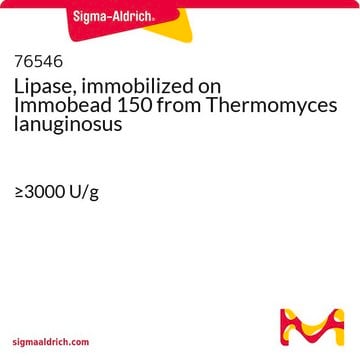88793
Atto 532 NHS ester
BioReagent, suitable for fluorescence, ≥90% (HPLC)
Synonym(s):
Atto 532
About This Item
Recommended Products
product line
BioReagent
Assay
≥90% (HPLC)
≥90% (degree of coupling)
form
powder
manufacturer/tradename
ATTO-TEC GmbH
λ
in methanol: water (1:1) (with 0.1% perchloric acid)
UV absorption
λ: 532-538 nm Amax
suitability
suitable for fluorescence
storage temp.
−20°C
General description
Application
Features and Benefits
- Strong Absorption.
- High Fluorescence quantum yield.
- High Photostability.
- Excellent water solubility.
Storage Class Code
11 - Combustible Solids
WGK
WGK 3
Flash Point(F)
Not applicable
Flash Point(C)
Not applicable
Personal Protective Equipment
Certificates of Analysis (COA)
Search for Certificates of Analysis (COA) by entering the products Lot/Batch Number. Lot and Batch Numbers can be found on a product’s label following the words ‘Lot’ or ‘Batch’.
Already Own This Product?
Find documentation for the products that you have recently purchased in the Document Library.
Customers Also Viewed
Articles
Chromogenic and fluorogenic derivatives are invaluable tools for biochemistry, having numerous applications in enzymology, protein chemistry, immunology and histochemistry.
Our team of scientists has experience in all areas of research including Life Science, Material Science, Chemical Synthesis, Chromatography, Analytical and many others.
Contact Technical Service






